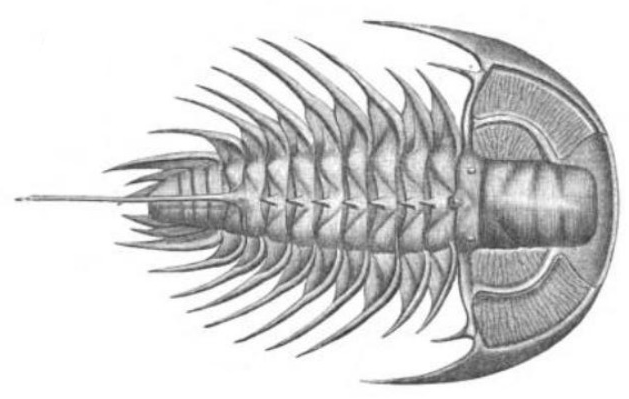The Joy of Mutation

Imagine a world without mutants. I don’t mean those super-powered heroes that populate the comics and movies from Marvel. I’m talking about you, me, and everyone else we know. It doesn’t stop there. It extends to the grass at our feet, the trees and plants that provide us with oxygen, and the bear that knocked down your birdfeeder the other night. As I’m writing this at 4:45am on a Sunday morning, an owl in the forest behind my house is asking who else is around. Another joyful mutant trying to survive.
So back to my initial suggestion at the top of this post. Imagine a world without mutants. I’ll tell you what I see when I wonder what life on this world would look like.
I see nothing. Nothing at all. There wouldn’t be anything or anybody here. I wouldn’t be awake to write this post, and you wouldn’t be here to tell me it’s boring or to get to the point.
Ok. My point. Thank you for the unintended nudge.
The point is we are lucky to live in an imperfect world. Imperfections give birth to creativity. And Nature is a mindless creator that uses the raw materials provided by mutations to shape the world around us.
When he wrote his great book, Charles Darwin knew that change occurred to provide Nature with something to work with. What he didn’t know was how it occurred. What was the mechanism that allowed for adaptations?
Our genes. Our genes are made up of DNA (deoxyribonucleic acid). I won’t get into the nature of DNA or the specifics of the replication process here, but I will say that genes are the lines in an instruction manual for building an organism. All living life has a manual like this. When a child is born (or a calf or a kitten), a copy of that manual is made so that the child can be formed. While the replication process is often perfect, errors can happen. Those random, genetic errors (also known as alleles), or changes to the instruction manual, are passed on the next time a child is formed. A change can be beneficial, harmful, or do nothing at all.
A genetic change, when it happens, can have profound effects. It all depends on what the change does and how it affects the organism’s ability to survive in its environment. It’s not survival of the fittest (see this post). It’s survival… period.
So what causes these replication errors or mutations?
They can happen during the copying process itself. Or they can happen because of exposure to radiation or some other environmental factor. My DNA could be affected during my lifetime and, if it affects the cells used in reproduction, that change can be passed on to my child.
We are all the result of changes that affected the genes of our ancestors. It’s safe to say that those adaptations were beneficial (it’s why they are called adaptations and not genetic disorders). If they weren’t, we wouldn’t be here today. None of us would.
Again, try to imagine a world where the replication process was always perfect. Where every copy was exact and never changing. Not only would it be yawn-inducing, but it also wouldn’t help a fish survive if the environment it lived in suddenly dropped in temperature – permanently. But allow for a slight genetic mutation, say one where it provides the fish with blood like antifreeze, and you have a wonderful adaptation and the means to survive in an ever-changing world.
Note: I didn’t make that last example up. Fish in cold climates like the Arctic and the Antarctic (the Arctic Cod is an example) have evolved this way – and separately – on opposite ends of the world!
